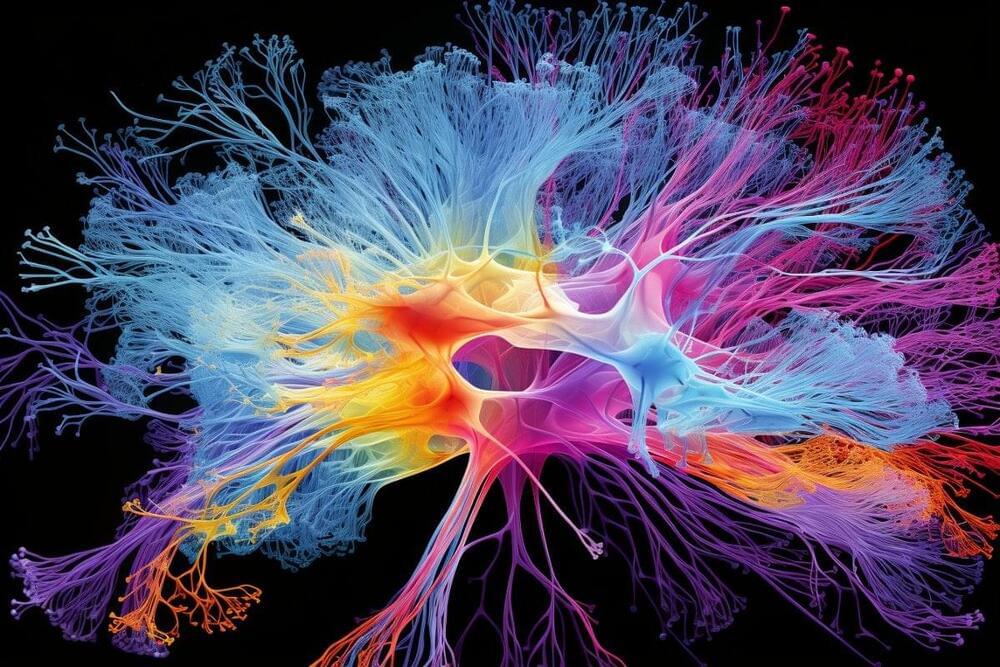
According to Fioretto et al. [9], whole organ pancreas transplantation is a viable therapeutic option, since it improves the patient’s quality of life and promotes regression of some late complications associated with T1D. However, this procedure constitutes a major surgical intervention, which requires a strict immunosuppressive regimen and heavily depends on properly functioning of the donor pancreas for a successful treatment, being recommended only for patients with brittle/labile T1D who also need a kidney transplant [10]. Pancreatic islets transplantation, introduced in Brazil by our research group [11, 12], has been shown to be a promising alternative to whole organ pancreas transplantation, since it is a simpler and less invasive procedure. According to Hering et al. [13], transplantation of pancreatic islets is a safe and efficient treatment option for T1D patients with hypoglycemia. Nevertheless, there are still some factors that limit this procedure, such as the low availability of pancreas donors and the requirement for constant patient immunosuppression [10, 14].
Chronic usage of immunosuppressant medication becomes necessary for immunological acceptance of the islet allograft; however, this regimen is associated with various side effects, such as oral sores, gastrointestinal diseases, hypertension, dyslipidemia, anemia, increased infection susceptibility, cancer and systemic toxicity [15]. Therefore, encapsulation of pancreatic islets has emerged as a promising strategy to avoid the need for these immunosuppressive drugs. Production of semipermeable microcapsules for biological application, containing cells or proteins, was initially suggested in the 90’s [16], but considerable progress has been achieved in the field since then, with a major increase in application possibilities, including as an alternative for T1D treatment.
To avoid using steroid-based agents that damage β-cells and are known to be diabetogenic or induce peripheral insulin resistance, a glucocorticoid-free immunosuppressive protocol was developed by the Shapiro’s Group [17], for usage in islet transplantation trials. This protocol includes sirolimus, low dosage of tacrolimus and a monoclonal antibody against the interleukin-2 receptor (daclizumab). Their findings, in a study with T1D patients, indicate that islet transplantation alone is associated with minimal risks for the patient and results in good metabolic control, with normalization of glycated hemoglobin values and restricted requirement for exogenous insulin [17]. This protocol, known as the Edmonton Protocol, was considered as a breakthrough, becoming the standard procedure for islet transplantation, constituting a promising step toward the development of a cure for T1D [18]. However, the standard procedure for pancreatic islets transplantation is based on isolation and purification of islet cells from deceased donors, a process that requires two to four donors per patient, since the efficiency of islet isolation is well below 100% and, additionally, only about 50% of the implanted islets survive after transplantation [19]. In addition, several factors interfere with the viability of the graft after transplantation, such as quality of the donated organ, viability and functionality of the purified islets and the patient’s own immune response [20]. Although many advances have been reached in the field, the need for a large number of viable islets, along with the low availability of donors, is still an important factor that compromise the viability of this methodology.


















